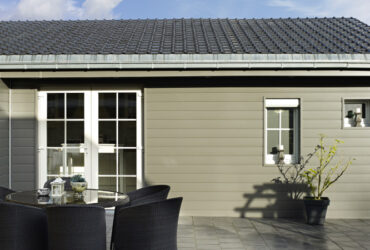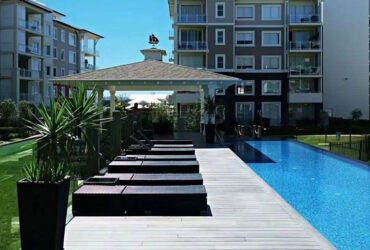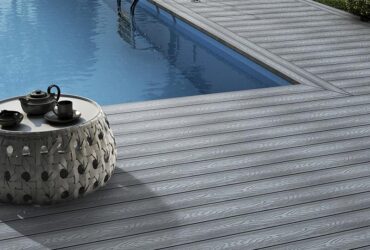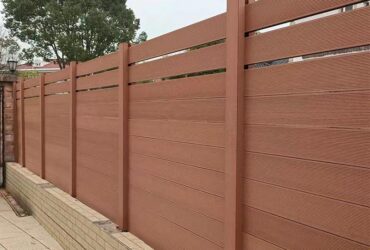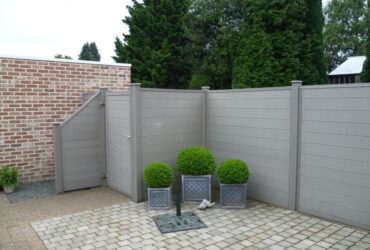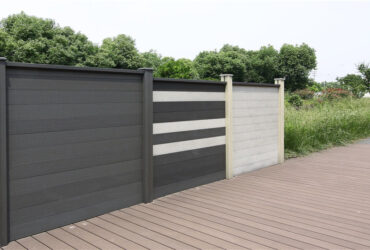Measures to Improve The UV Aging Resistance of WPCs
The improvement of the UV aging performance of wood-plastic composite materials has always been a hot topic of continuous research and discussion by domestic and foreign scholars. In order to promote the application of this environmentally friendly material more widely, domestic and foreign scholars have discovered several ways to improve the UV aging resistance of WPCS. Mainly include: adding anti-aging additives, wood powder pretreatment, adding appropriate wood powder content, changing the type of plastic base and improving the molding process, etc.
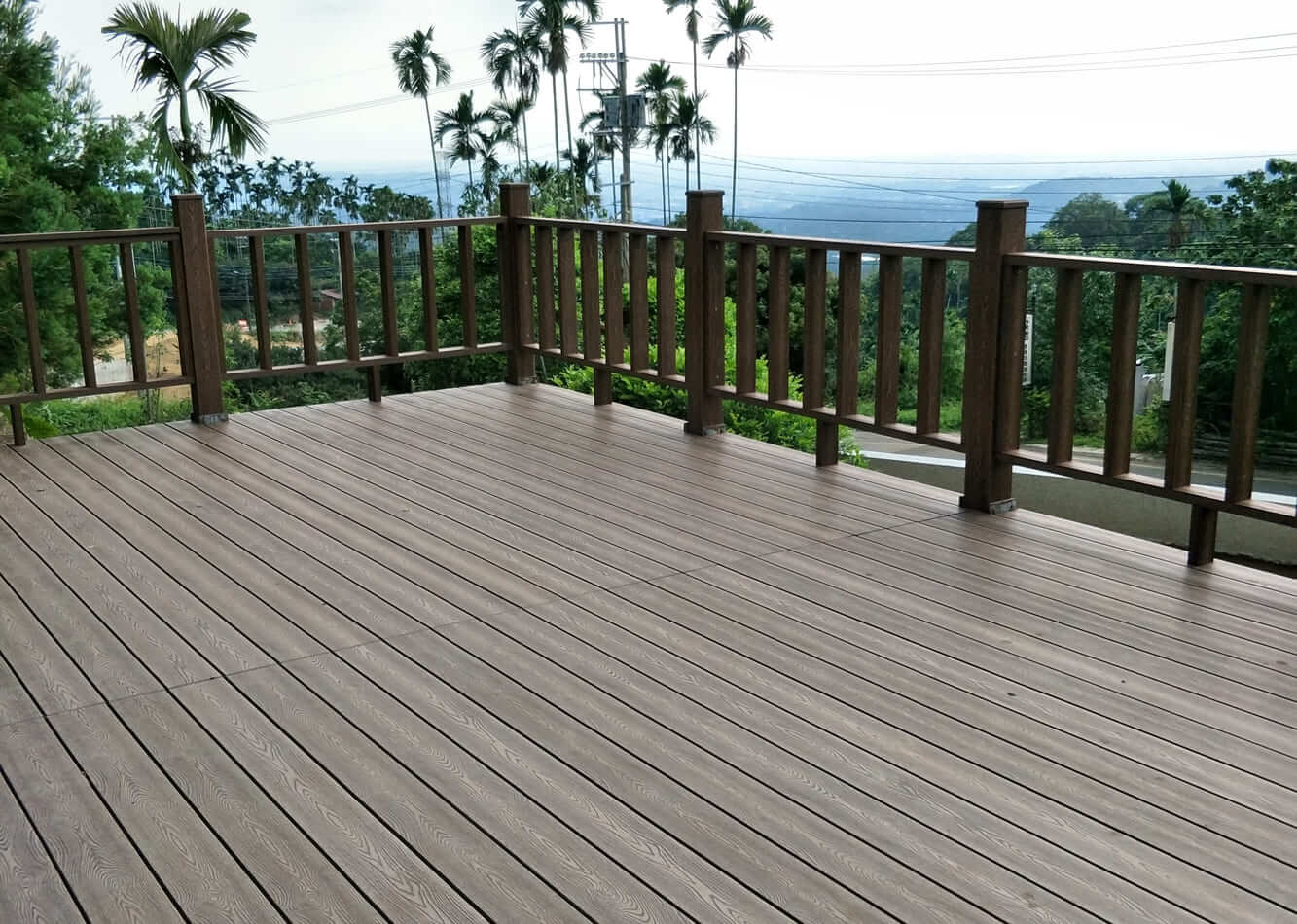
Molding
Due to differences in preparation and molding processes, different preparation methods of WPCS will have different effects on the aging performance. Relevant studies show that co-extrusion technology is the most widely used because this process can significantly improve the mechanical properties and UV aging properties of WPCS. Co-extruding a layer of transparent and hydrophobic high-density polyethylene on the surface of wood-plastic composites can significantly reduce fading during aging. Since HDPE absorbs part of the ultraviolet light, it reduces the oxygen utilization rate of the co-extruded WPCS interface, thereby easing the photodegradation process. Therefore, light stabilization of co-extruded WPCS shells is a more effective method to solve the aging problem.
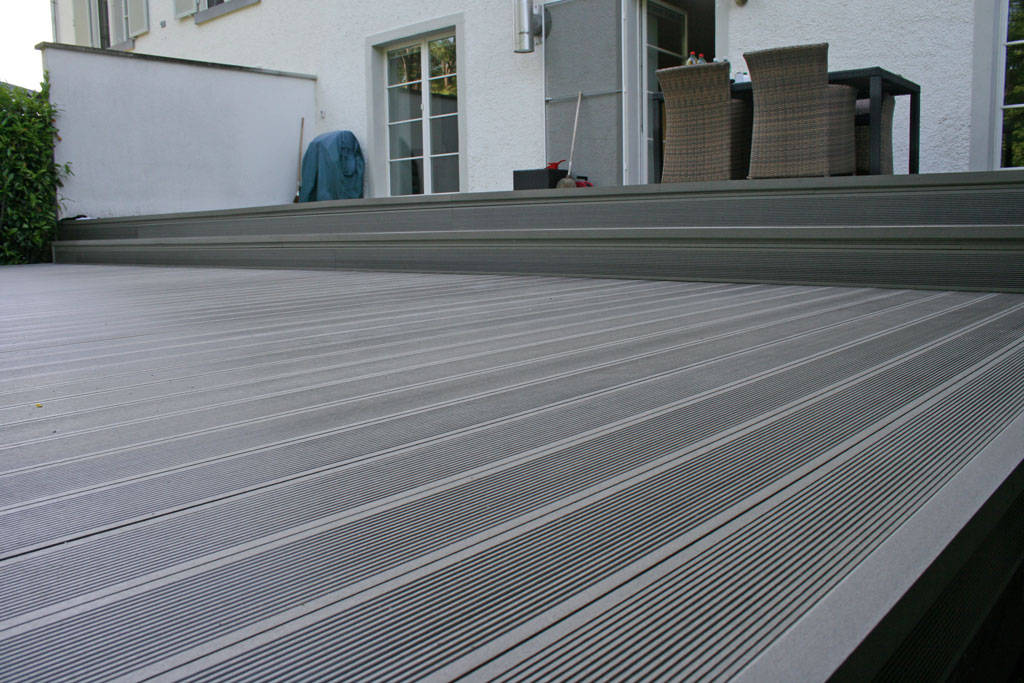
Wood powder is pretreated before being processed with the plastic matrix to form WPCS, which can improve the UV aging resistance of the product.After delignification and extraction of lignin, the wood-plastic composite material formed by mixing it with HDPE undergoes UV aging.Compared with the reference group, the changes in color difference and brightness difference are lower, indicating that the UV aging resistance is improved.By changing the type of wood powder and the lignin content in the wood powder, it can also help to delay the aging process of WPCS, improve the fading degree of wood-plastic composite materials after UV aging, and reduce the loss of mechanical properties.Some scholars used wood-plastic composite materials made of poplar, taxus, black locust, white oak and yellowbark pine mixed with high-density polyethylene to conduct UV aging tests.Through experiments, it was measured that the changes in color and brightness of WPCS increase with the extension of exposure time. Different types of wood selected will affect the degree of fading of WPCS.Among them, hybrid poplar and yellowbark pine have better color stability during UV aging.The artificial accelerated aging properties of 15%, 30%, and 45% bamboo powder/polyethylene composite materials were studied.The results show that as the mass fraction of bamboo powder increases, the color difference of WPCS after aging increases significantly, and the material color changes become more severe.
Add anti-aging additives
Common anti-aging additives include colorants, hindered amine light stabilizers (HALS), and ultraviolet absorbers (UVA). Ultraviolet absorbers include organic ultraviolet absorbers and inorganic ultraviolet absorbers.

